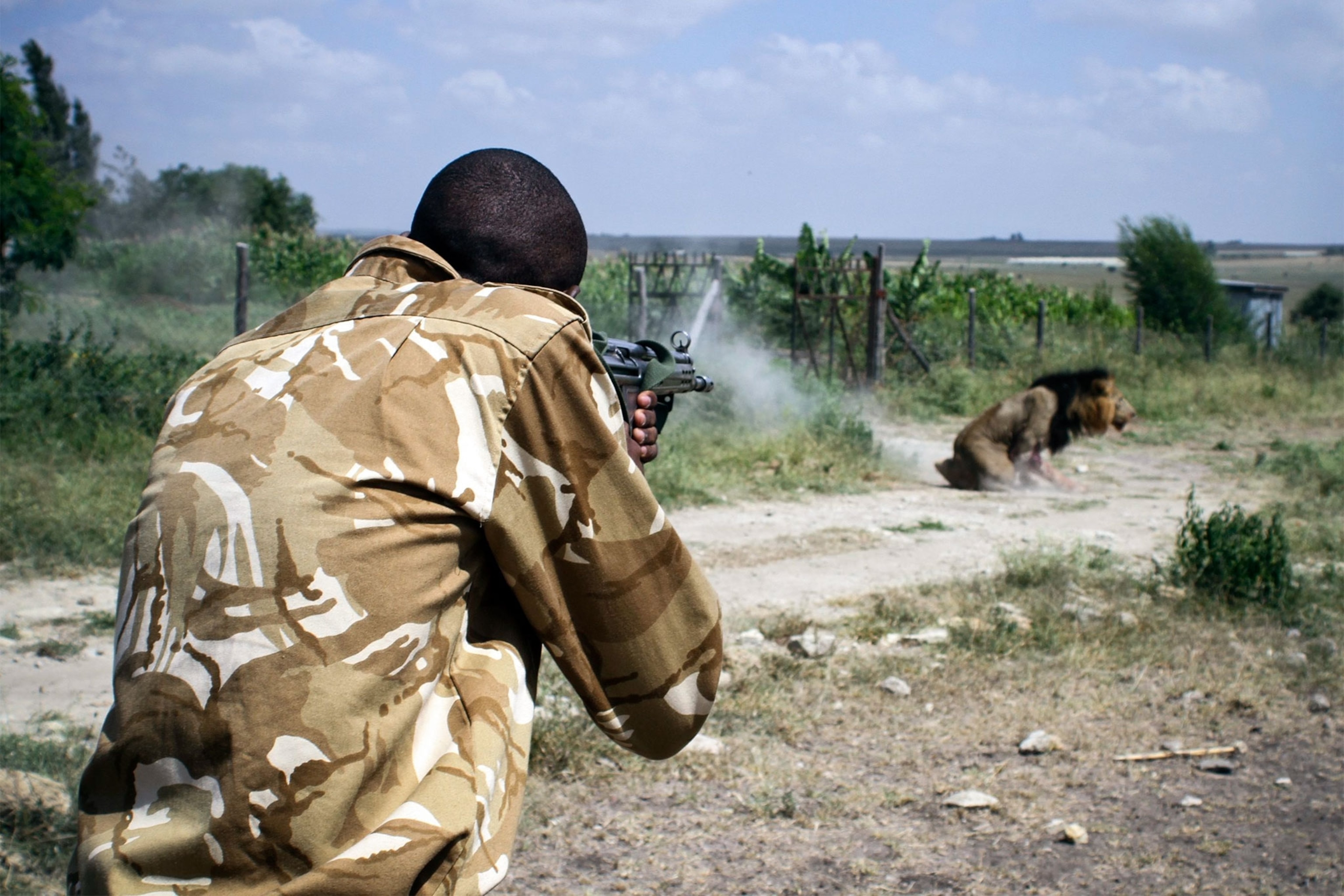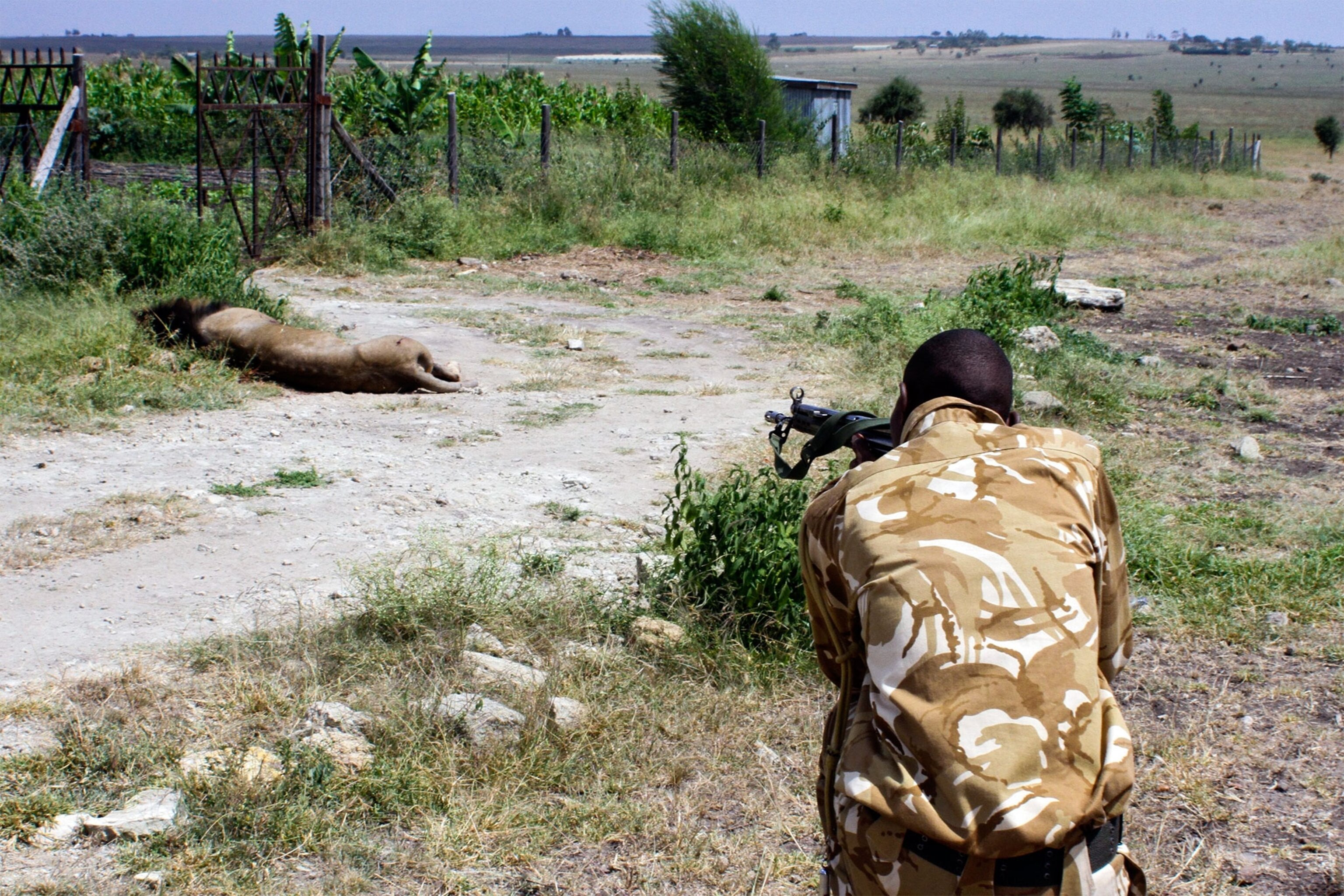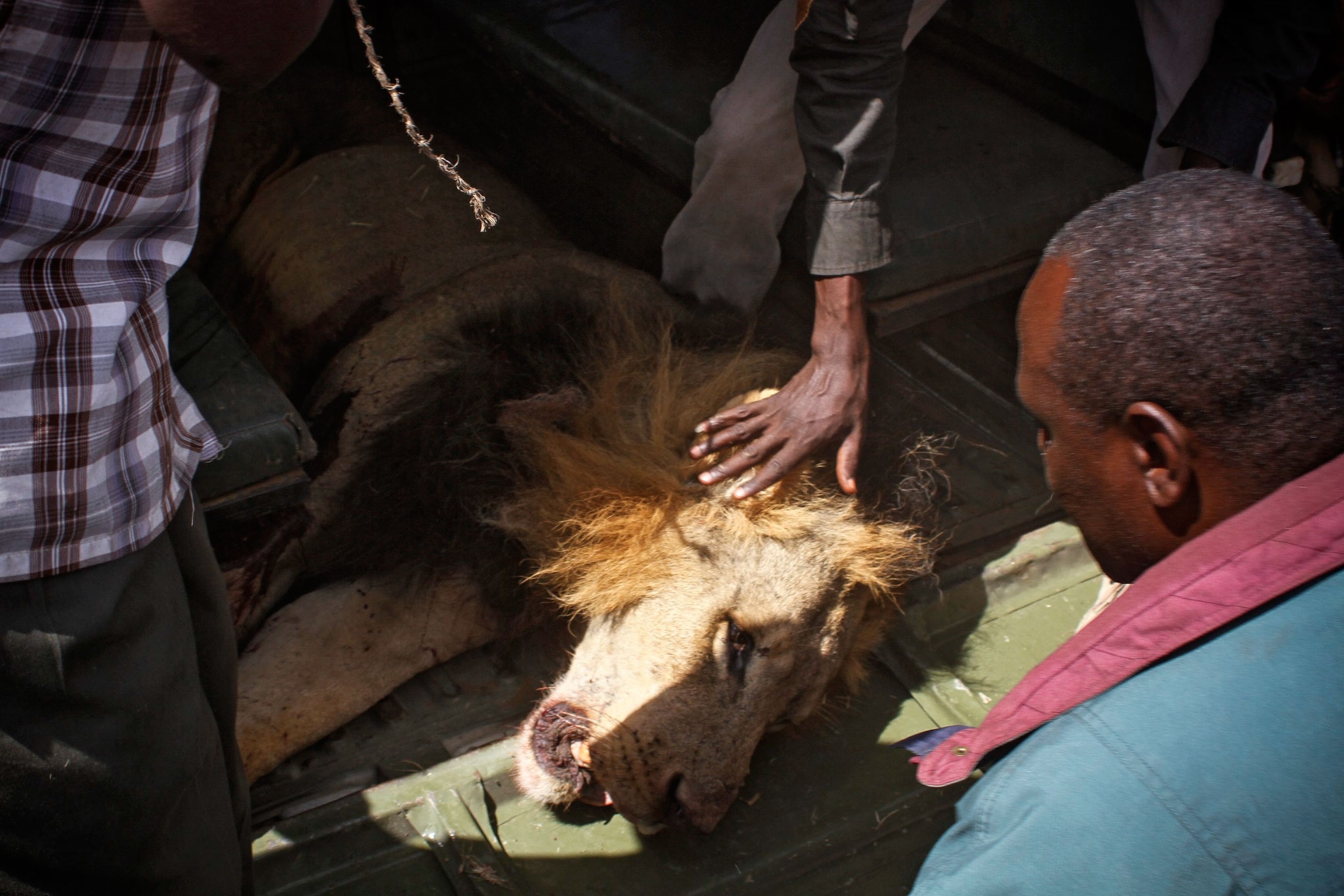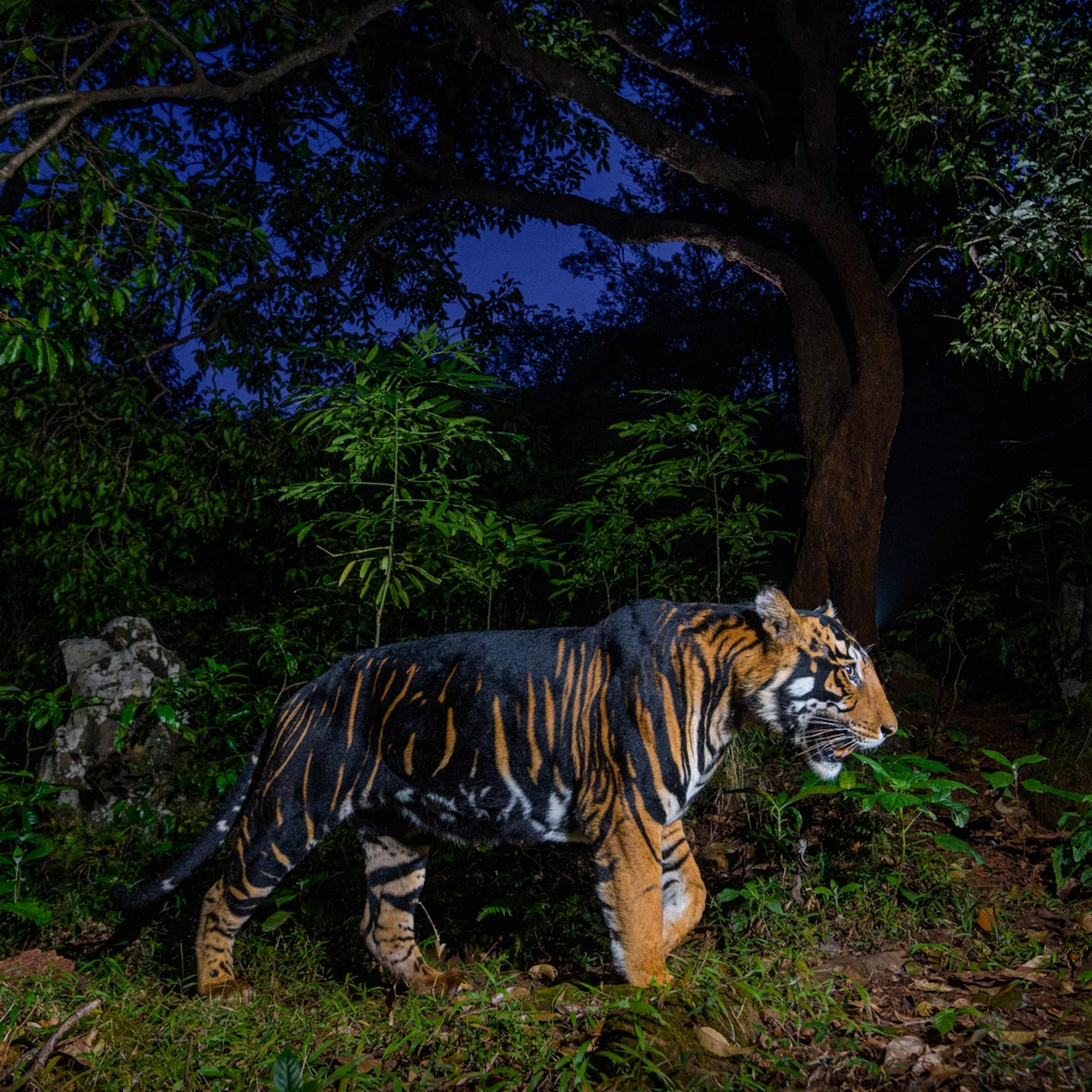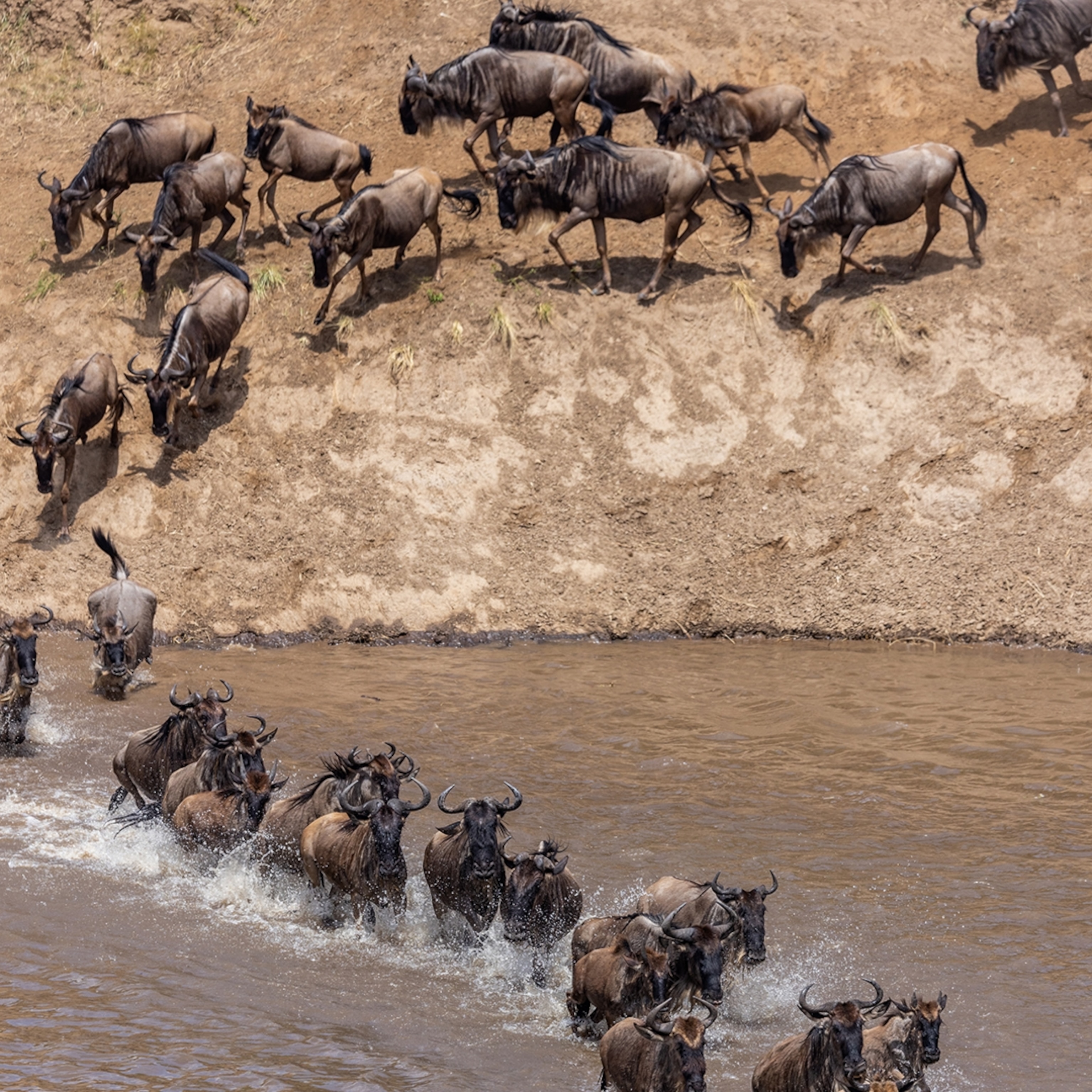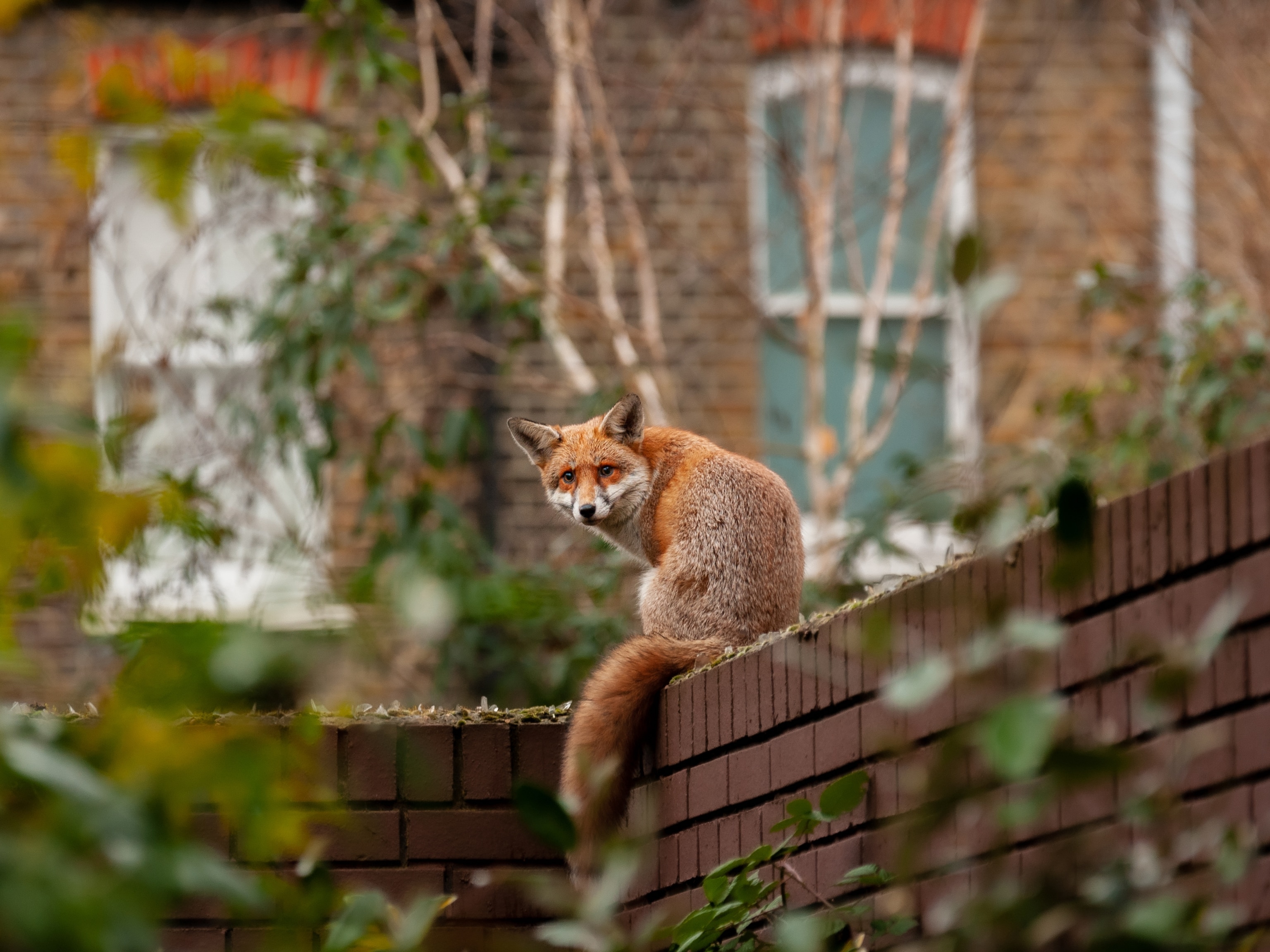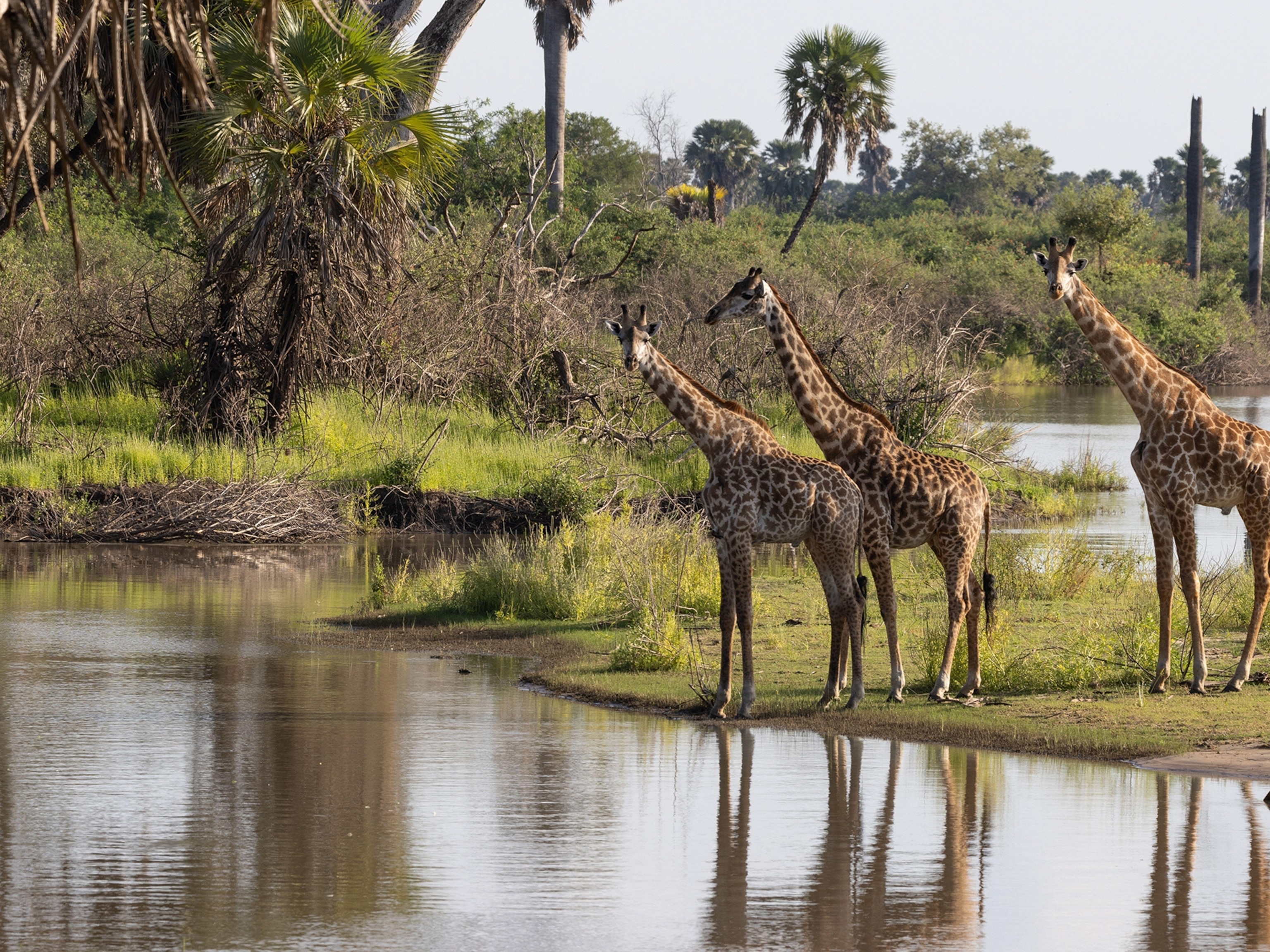Lions Are Wandering Out of Parks and Into Cities
In Kenya, residents are coming face to face with the wildlife that preceded them. It doesn't always end well.
Nairobi, Kenya — First, a lioness ventured into the city as a decoy to draw officials away from her cubs that were lost in an army barracks.
Then, just weeks later, a pride of six lions breeched a fence into a pasture killing as many as 120 goats and sheep. One lion lost his bearings and ended up on a major highway, injuring a man before finding his way back into Nairobi National Park, located adjacent to Kenya’s capital city.
Now, this week, a popular lion named Mohawk ventured some 20 miles (32 kilometers) south of that park only to be surrounded and harassed by onlookers. When he responded by attacking one of them, he was shot and killed by park rangers.
Why are so many lions leaving Nairobi National Park? Some experts think noise and activity from the construction of a new railway and highway along the park’s edge is to blame.
Others hypothesize the lions are running out of prey, pushing them to look for food elsewhere.
But more likely it’s a combination of two factors: The number of lions in the park has grown, and so has the bustling city of three million that surrounds it.
Thirty-five lions now live in the park, more than there have been in the past, according to Paul Gathitu, a Kenya Wildlife Service spokesperson based at the park.
Lions have been known to use territory as large as 155 square miles (401 square kilometers), and Nairobi National Park encompasses a mere 45 square miles (138 square kilometers).
And when wildlife and humans clash, nearly always, “the wildlife loses,” says Luke Dollar, a conservation biologist who helps manage National Geographic's Big Cats Initiative.
Mohawk’s Journey
“In Mohawk’s case, the trouble was with the community,” Gathitu says.
When residents near the town of Isinya, about 20 miles south of the park and 36 miles south of Nairobi, discovered Mohawk roaming around town, as many as 400 people gathered to watch.
It was a horrific scene. One of them went and tried to chase [Mohawk] with a motorbike, so he lashed out at the motorbike person and bit him on the back.Paul Gathitu, Kenya Wildlife Service
Park rangers parked vehicles in a row in an attempt to cordon off the area, telling people to stay back. But some continued to throw rocks at the animal, honk and shout at him, according to Gaithitu.
“It was a horrific scene,” says Gathitu. “One of them went and tried to chase him with a motorbike, so he lashed out at the motorbike person and bit him on the back.”
When the lion headed in the direction of others, the rangers, who did not have a tranquilizer gun with them, shot him with bullets to prevent him from further injuring anyone.
There was nothing unnatural about Mohawk’s whereabouts that day. He was discovered walking along a migratory route lions and other animals have used for decades.
What’s new is that in the past weeks, the park’s lions have been fighting over territory, Gathitu says. At 13 years old, Mohawk was past his prime.
“He was displaced by a younger male. In the lion kingdom, when you are beaten and your family is taken over, you leave.”
In the 1950s, researchers documented that when the number of lions in the park rises to around 40, “they begin territorial fights, getting into each other’s space.”
Lions on the Move
What’s more, Nairobi National Park’s lions are comfortable with humans—and roads.
“Roads are easy to walk on. We see animals following trails all the time,” Dollar says.
And the lions of Nairobi National Park might be forgiven if they lack a healthy fear of vehicles. Every day, tourists lean from car windows to take pictures of lions lounging about, often within a few feet.
They just roam. They don’t know boundaries.Anne Kent Taylor, Masai Mara National Reserve
Some media reports also described Nairobi’s recent lion encounters as “escapes.” But Nairobi National Park is not a zoo—the entire southern side of the park, the one facing away from the city proper, is unfenced.
“The word escape is definitely the wrong word,” says Anne Kent Taylor, a conservationist at southern Kenya’s Masai Mara National Reserve and a National Geographic grantee. “They just roam. They don’t know boundaries.”
Nor do animals see barriers the same way that humans do. “Lions don’t go to elementary school to learn what a fence is and that they shouldn’t cross it,” says Dollar.
“There’s a great danger to anthropomorphize and to be befuddled when lions don’t behave the same way. Well, why should they?”
Human-Lion Conflict
Nairobi residents this week were left wondering whether Mohawk’s life might have been saved if officials had gotten a tranquilizer gun there more quickly.
But Kent Taylor suggested that what’s needed is not better training toward handing lions, but handling people.
“Maybe they should have more training on crowd control,” she says.
In order to prevent future encounters, rangers are examining portions of the park’s fence, where there is one, for breaks, and they are gating off water drainage ducts like the one that a female lion walked through into the army barracks.
But when the park’s lions do invariably roam into the bustling streets of Nairobi, says Dollar, “it’s important for us to realize that the lions were there first.”
“We, as humans, are the interlopers.”
Jacob Kushner reports on science, development, and migration in Africa and the Caribbean. Follow him on Twitter.
Read more stories about wildlife crime and exploitation on Wildlife Watch. Send tips, feedback, and story ideas to ngwildlife@natgeo.com.


